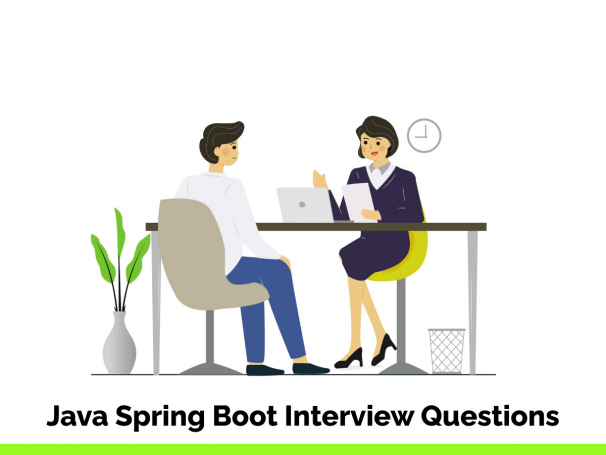What is Spring boot?
Spring Boot is a java-based framework for creating web services. Whether you are interviewing for the first job or for the job, which you going to switch, you can always feel that nervousness and tension. The developers are always thinking about codes and especially when there is an interview, they can feel they are going nuts over it. In recent times, demand for spring boot developers has increased a lot as spring boot offers a quick application advancement structure to the spring system.
Prepare enough by having different ideas of spring boot including various features, venture, maven project, starter venture wizard, application, annotations, dm, properties, starters, and actuator. There are various spring boot jobs in the market, however, to be chosen for that specific post, you must clear the interview. In the current time, there is exceptionally outrageous competition in the market when it comes to interviewing and getting a break in MNC.
Also, Read: Spring Interview Questions
Finally, practice here 30+ Java Spring Boot Interview Questions, which are normally asked during job interviews and give you a head start. You never know which of these questions you may get in your spring boot scenario-based interview:

